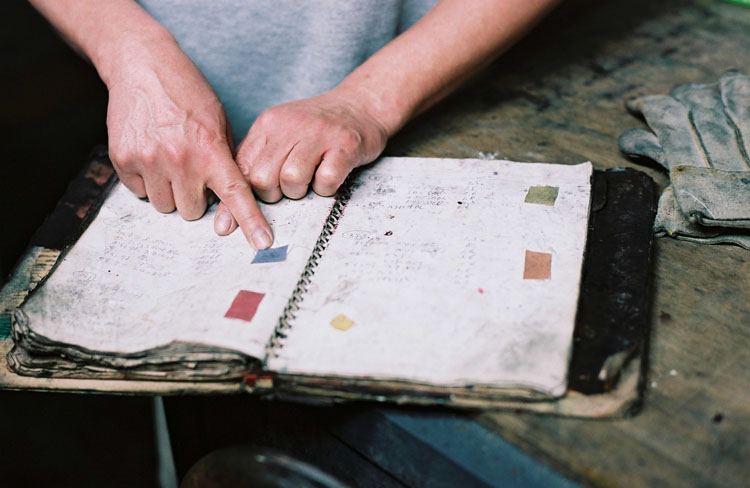
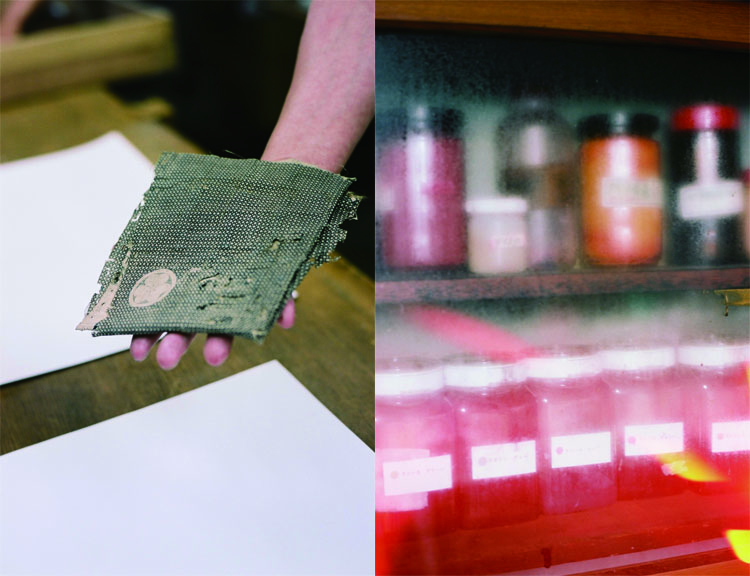
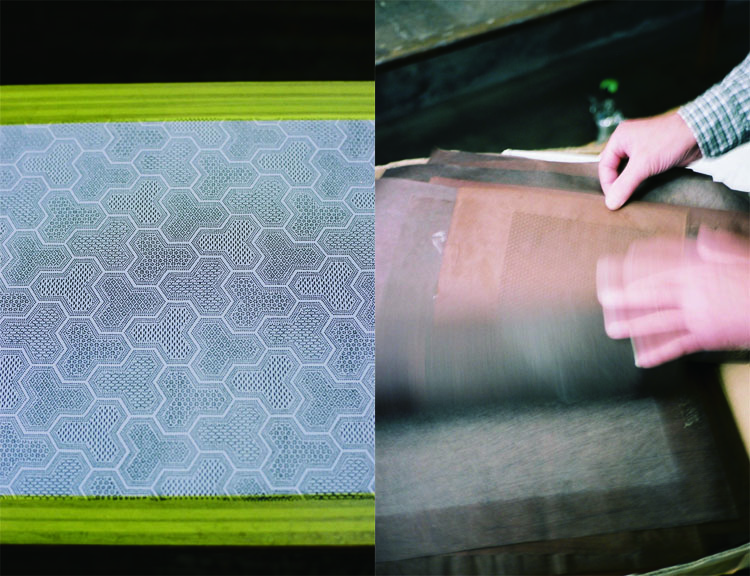
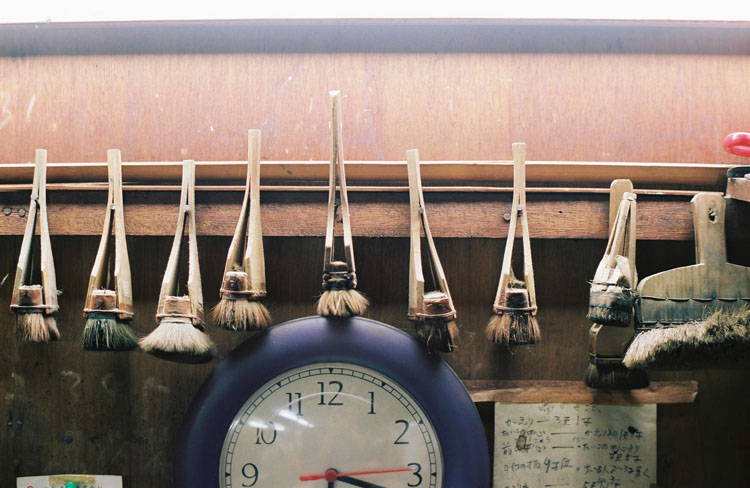
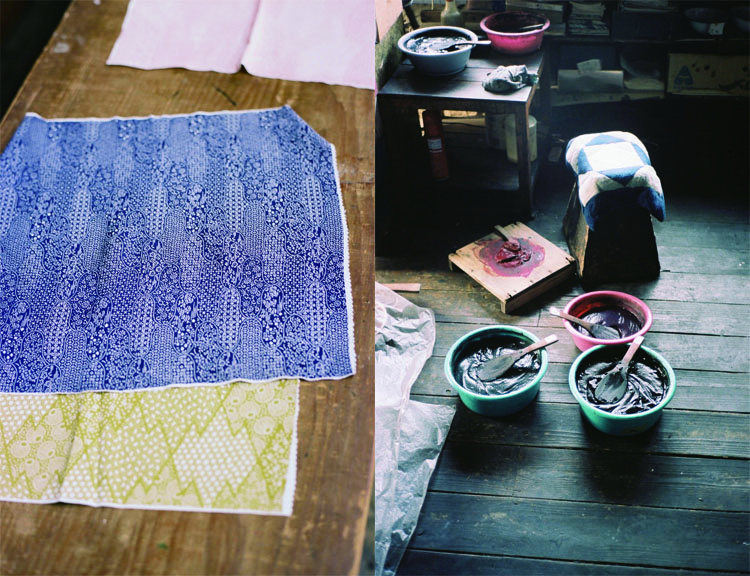
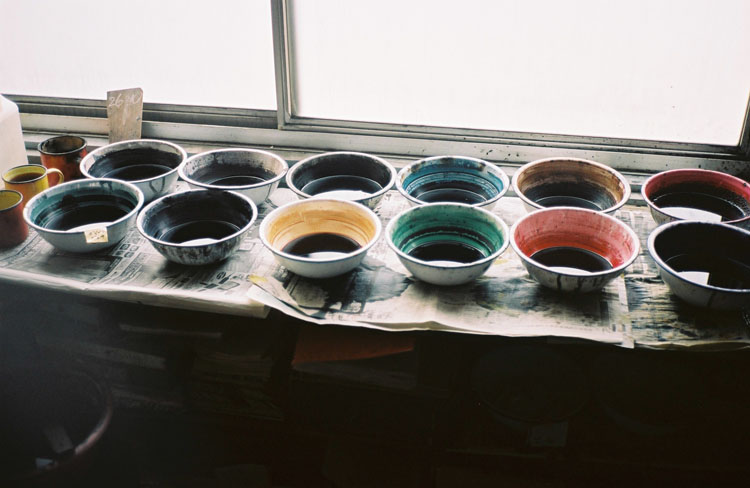
Edo-komon is a long-running Japanese traditional pattern printing method by dyed using a paper pattern for a traditional Japanese national costume called “Kimono” since the Edo period (1603-1868 CE)
There are no more than few Japanese traditional printing studios left for Edo-komon in Tokyo nowadays.
Tweet this | Share on Facebook | Share on Tumblr



